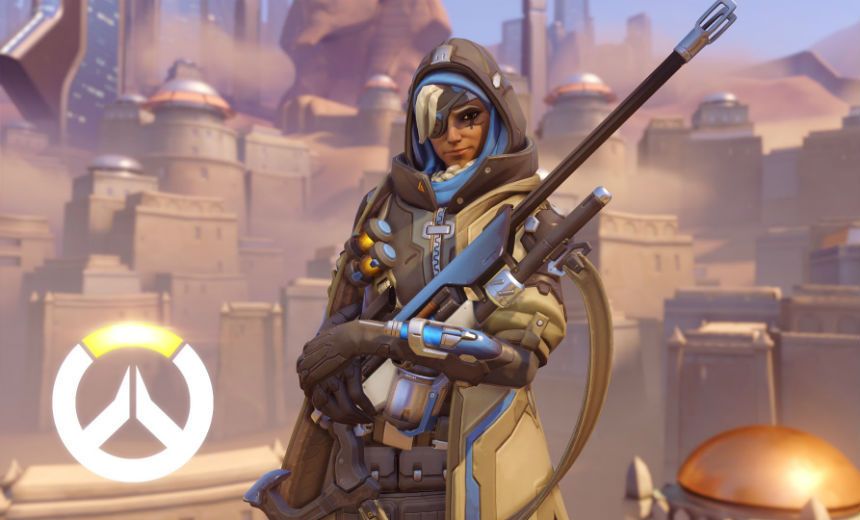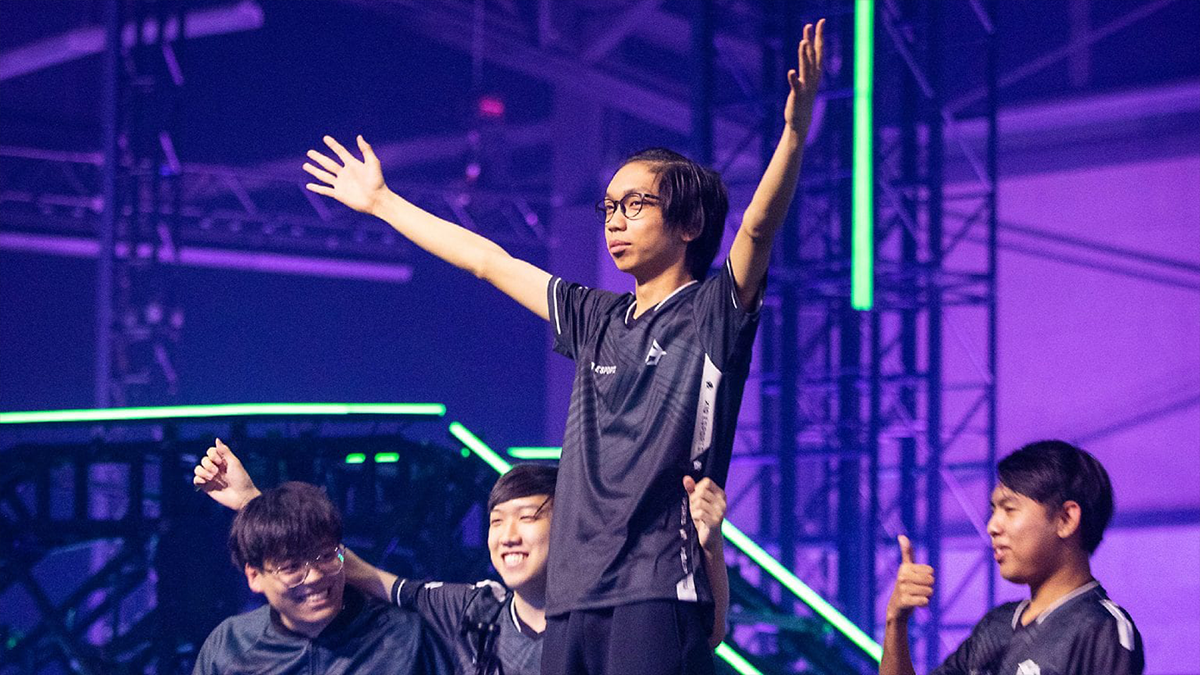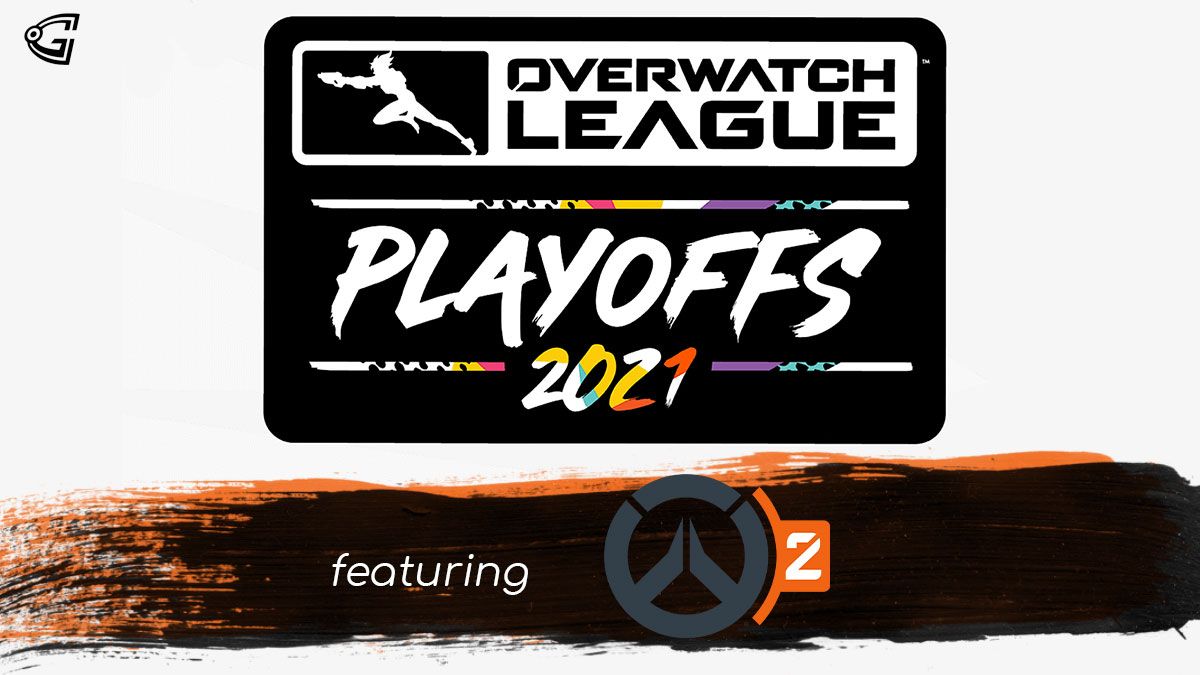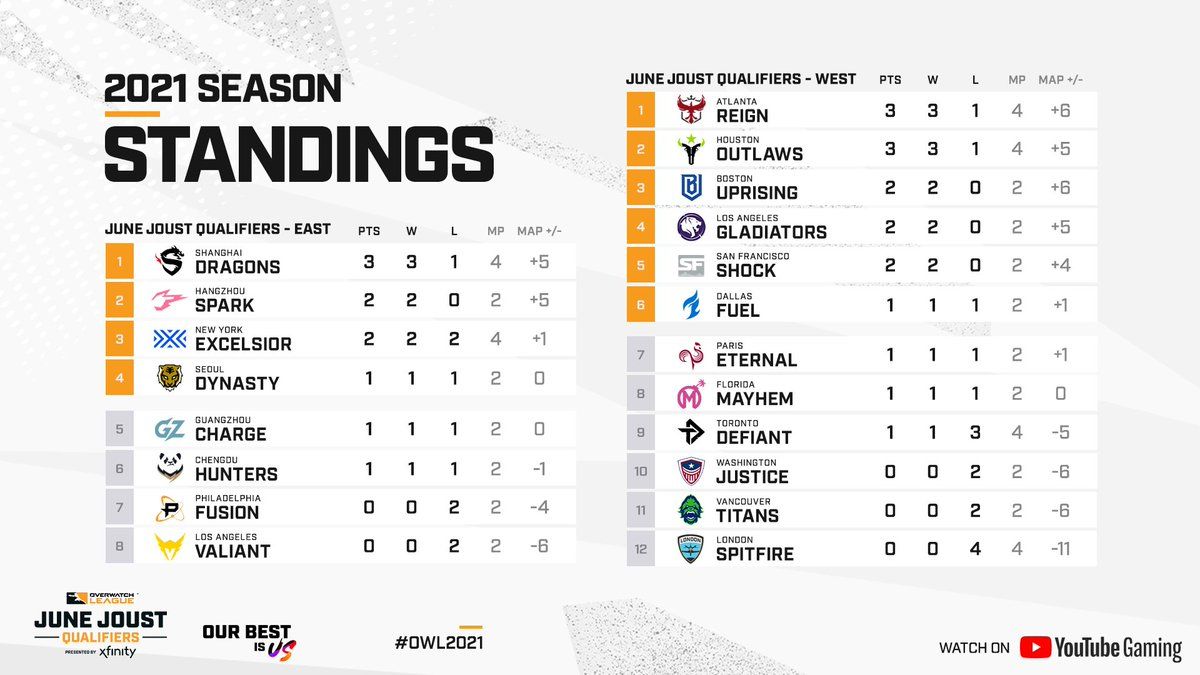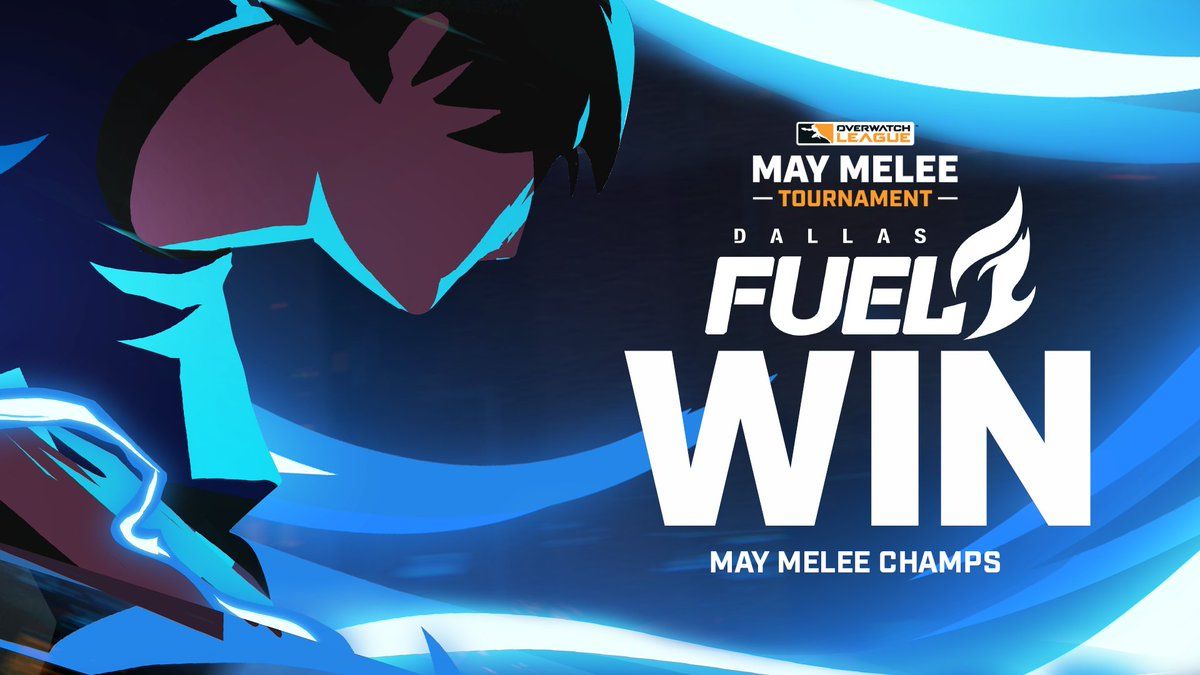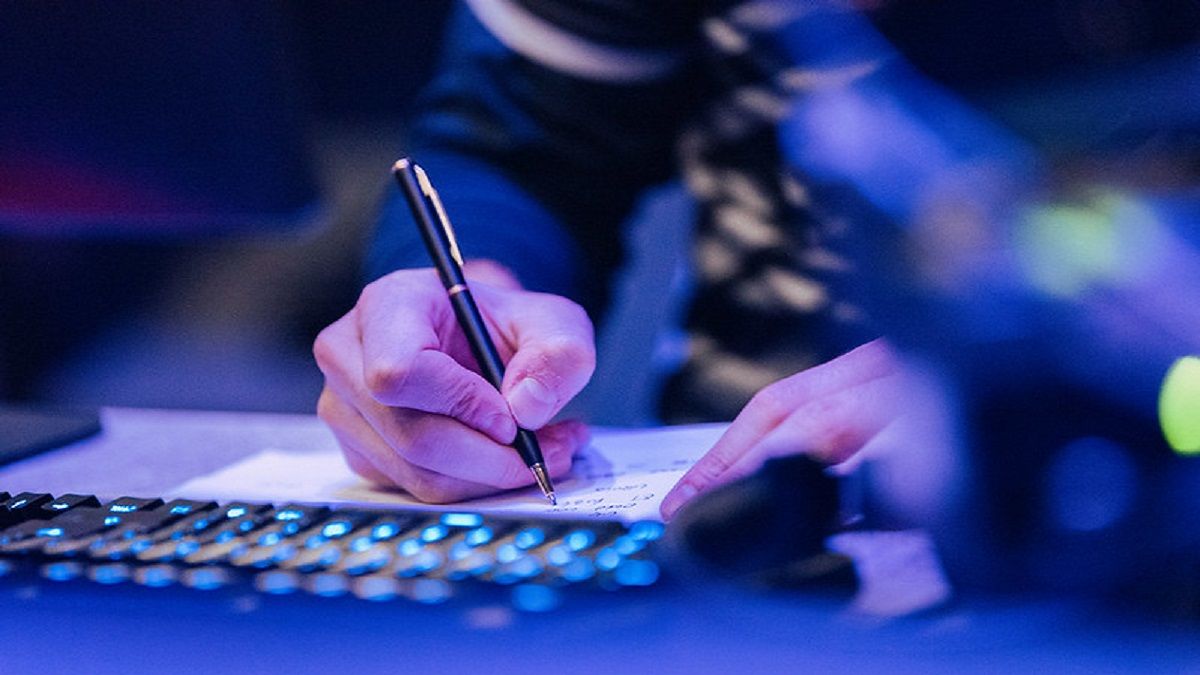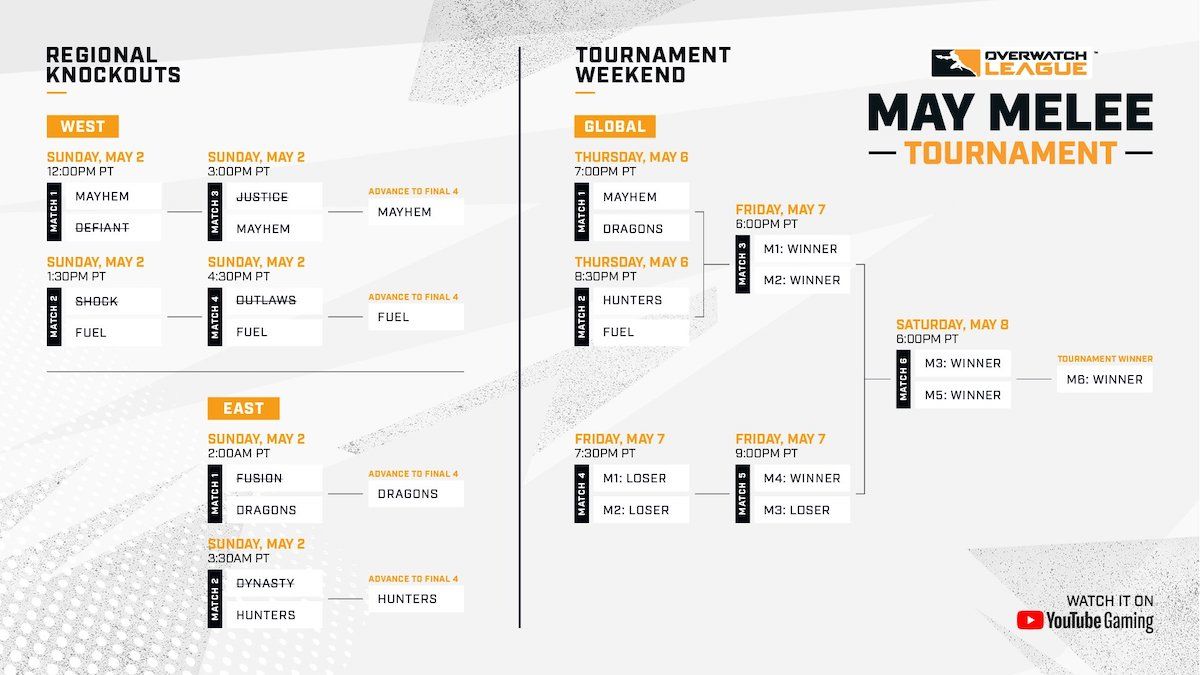
Overwatch’s young esports scene has already been through some teething difficulties. As a unique game that blends components of FPS and MOBA genres, it often requires a unique approach. But from its developer, intent on reinventing the wheel for every major game decision, to its tournament organisers and community with their often questionable choices, Overwatch has many topics that are up for debate. In this series I’ll be aiming to shine a light on areas within the scene that could do with a vigorous discussion, and opening the floor to you to give us your thoughts.
Rather than kick off the series with an issue that has been plaguing the scene for months such as the ease of spectating or the issues with ranked play, let’s take a look at a more topical issue: Ana, and ESL’s decision to ban her from tournament use until further notice.
ESL announced a few days ago, via a tweet from the caster Jason Kaplan, that Ana would be banned from all upcoming ESL Atlantic Showdown Qualifiers. He also mentioned in a following tweet that ESL would make an official announcement at a later date, indicating whether Ana would be suitable for play at the main event at Gamescom.
Almost immediately there were people questioning the decision. Was Ana banned to preserve the precious current meta spanning the qualifiers? Or because ESL didn’t want cheese strats with Ana that had yet to be countered to dictate who qualified? Why not let the meta develop and the best teams will be those who adapt quickly?
In truth it seems very unlikely that these were the driving reasons for the ban. In games which frequently have patches and new heroes, such as League of Legends and Dota 2, it is common practice to ban a new hero (or heroes who are updated to the point of being completely different) for a period of time to allow teams to acclimatise. It stops games being decided purely on the basis of who immediately understood the patch, and allows enough time for all teams to experiment and get comfortable with the new hero before using it in an important fixture.
The MOBA Method
League of Legends commonly runs its games on a patch behind live during major tournaments. The players are allowed two weeks to adapt to the new heroes or changes to the game in solo queue, before then using that knowledge and experience in games. It ensures a level playing field for teams who have played games before the patch and those yet to play, whilst allowing teams the space to become accustomed to the changes. Crucially it also protects against game-breaking bugs which are common in new patches and heroes, and can completely ruin games and tournaments without warning.
In Overwatch there is no option to play on anything other than the live patch. There is no choice for tournament organisers regarding the balance changes to existing heroes or wider gameplay tweaks. Tournaments are forced to adapt on the fly, or attempt a compromise by banning new or drastically changed heroes but not the wider balances. The Public Test Region exists for a reason however and is Blizzard’s solution to ironing out the bugs, allowing players time to get to grips with new changes, and showing what is coming up next. It should also be noted that ESL and Blizzard are likely to have jointly opted for the ban of Ana. Despite the PTR it seems fair to suggest that Blizzard are on board with the temporary ban, and are following the tried and tested method demonstrated by LoL and Dota 2.

ESL have set a precedent by banning Ana that they will be expected to continue with in the future. If a later patch adds a new hero but rebalances a lot of existing mechanics around the new addition, should they ban it? If banned, such a hero would leave a palpable hole in the game and cause the accompanying balance changes to appear pointless. The metagame at the top level shifts in every patch; reworking existing heroes in an update could easily have more of an effect on the game than the addition of a new one. Without any way to control that subtle section of the game, ESL’s attempts to enforce a trial period for new heroes may be useless at best and harmful at worst.
ESL vs ELEAGUE
The final qualifier hits almost exactly two weeks after the patch, with the main event over two weeks after that. If ESL delay on releasing an official statement at all then teams will be left in limbo, not knowing whether to put time into Ana for fear of it being utterly wasted. The issue has also been made more complex with the announcement of ELEAGUE and FACEIT’s Overwatch Open. The rules on their website state that all heroes will be allowed for the event, putting it at odds with ESL. When a $300,000 tournament meets a $100,000 tournament, who are teams going to practice for? The two largest tournaments in Overwatch are firmly at odds with each other over rules, and this is a bad situation for the teams and players. Behind the scenes, many are lobbying for a unified ruling.
Over the last few days the answer to who the teams are practising for has obviously been ESL, given that many were unaware of the Overwatch Open. Top players have reported to me that many teams do not want to play with Ana in scrims, as they are focused on ESL’s ruleset. One player with history in the LoL scene remarked, “I don't think teams are used to the way this kind of thing works”, reiterating that he believes the onus is on teams to scrim with the new heroes despite tournaments banning them to gain experience.
Clearly the community and tournament organisers have a fairly large decision on their hands. Do we go the route of Leage of Legends and Dota 2, by banning new heroes and ensuring a (somewhat) more level playing field for teams post patch? Or do we encourage use of the PTR along with fast adaptation to ensure the top competition is in sync with the viewers in ranked at all times?
Update: ESL have reversed their earlier decision and have now decided to allow Ana after this week's qualifiers. Do you think this was the correct decision?
For more competitive Overwatch news, follow us @GosuOverwatch.

